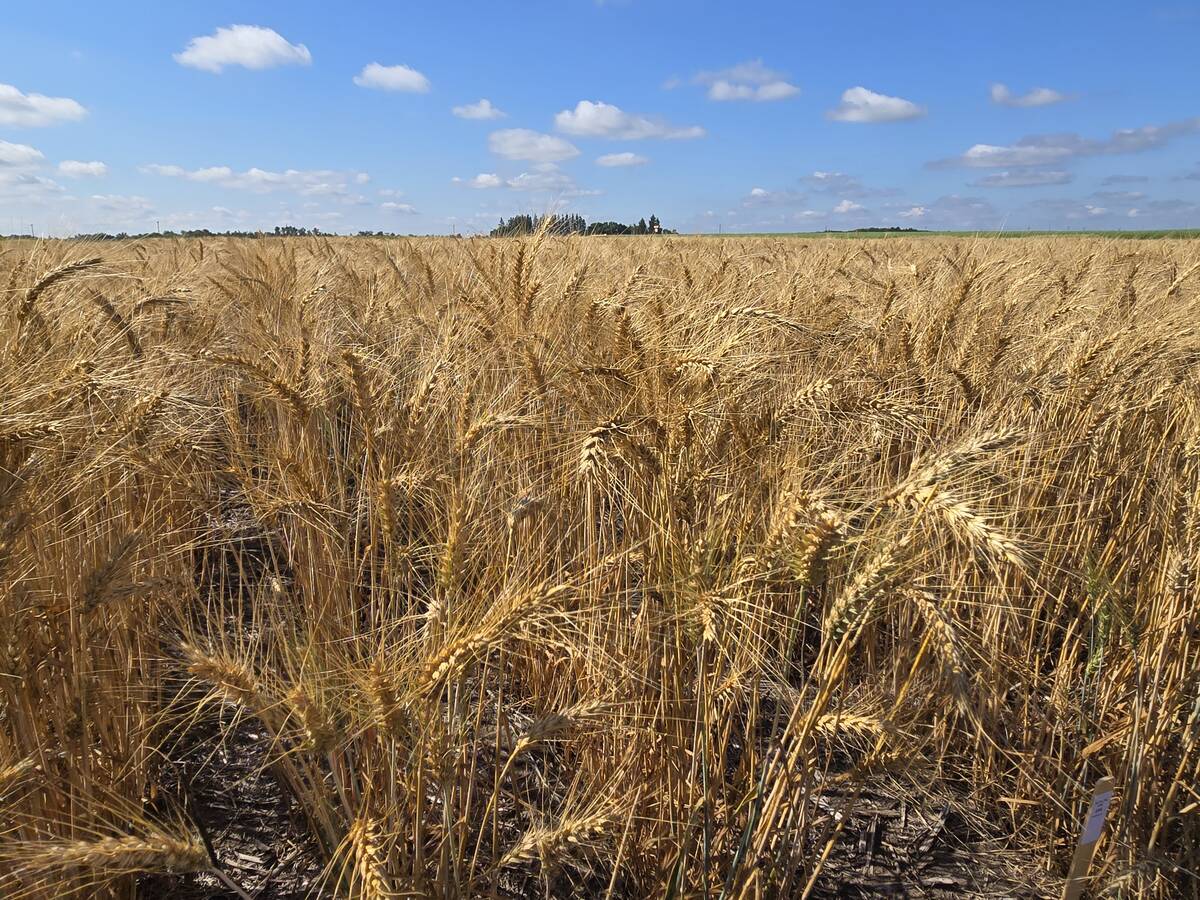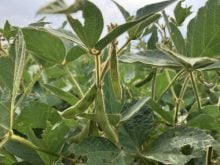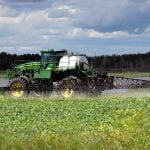One of Canada’s largest organic certifiers wonders if the federal government is carving too big of a role for itself in a proposed new regulation.
Wally Hamm, director of OCPP/Pro-Cert Canada Inc., applauded the government for getting a draft document together in such a hurry. But he wonders if the Canadian Food Inspection Agency has gone too far by duplicating services and adding unnecessary costs to an already costly inspection system.
“A good portion of the regulation is acceptable as written, but there are some modifications needed.”
Read Also

Fall rye hits record high in Manitoba
Winter cereals 2025: More Manitoba fields grew fall rye in 2025 than ever before, but winter wheat slipped and, while spring stand survival was good, drought took its toll
Hamm’s biggest concern is the impact on certification fees. The CFIA estimates government oversight of the industry will come with an annual price tag of $2.7 million.
Hamm said the country’s 4,000 organic growers and processors are already paying $4 million per year in certification fees and don’t need to be burdened with another $2.7 million, which amounts to an average annual fee increase of $675.
Michel Saumur, project manager for the CFIA’s Organic Production System Task Force, said the agency has applied for federal government funding that would at least temporarily cover the cost of the program.
“There won’t be any cost recovery scheme introduced, I hope, for the next two years,” he said.
Saumur said there is a chance funding will continue beyond the first two years, which means the industry would not have to pick up any of the additional costs associated with government regulation.
But Hamm said OC/Pro, which certifies 1,500 producers and processors around the globe, is not about to endorse a cost recovery scheme based on vague assurances.
“That’s an unacceptable basis for people to buy into a regulation. We need something concrete.”
He feels the CFIA has overstepped its mandate by setting itself up as an accreditor of accreditation bodies in the country, a job now done by the Standards Council of Canada.
He balks at the idea that the government agency will be conducting audits of certifiers and growers, a task that is under the purview of accreditation agencies.
“There is no need for them to duplicate all that activity with expensive inspections,” said Hamm.
He believes the CFIA’s involvement in the sector should be limited to maintaining the national standard, controlling imports and enforcing the Canada Organic label.
Paddy Doherty, co-ordinator of the Canada Organic Initiative who was instrumental in convincing the federal government to take on its enforcement role, said Hamm raises some valid points.
But he draws the line at preventing the government from carrying out audits.
“The government does have to reserve the right to have control. They can’t give that authority away,” said Doherty.
Hamm worries that the increased costs and additional paperwork associated with the regulation will discourage new entrants into organics.
Interested parties have until Nov. 16 to provide the CFIA with written comments on the proposed regulation. Depending on what feedback it receives, the government may have to modify the regulation. It would then go through a series of procedures on its way to becoming law.















